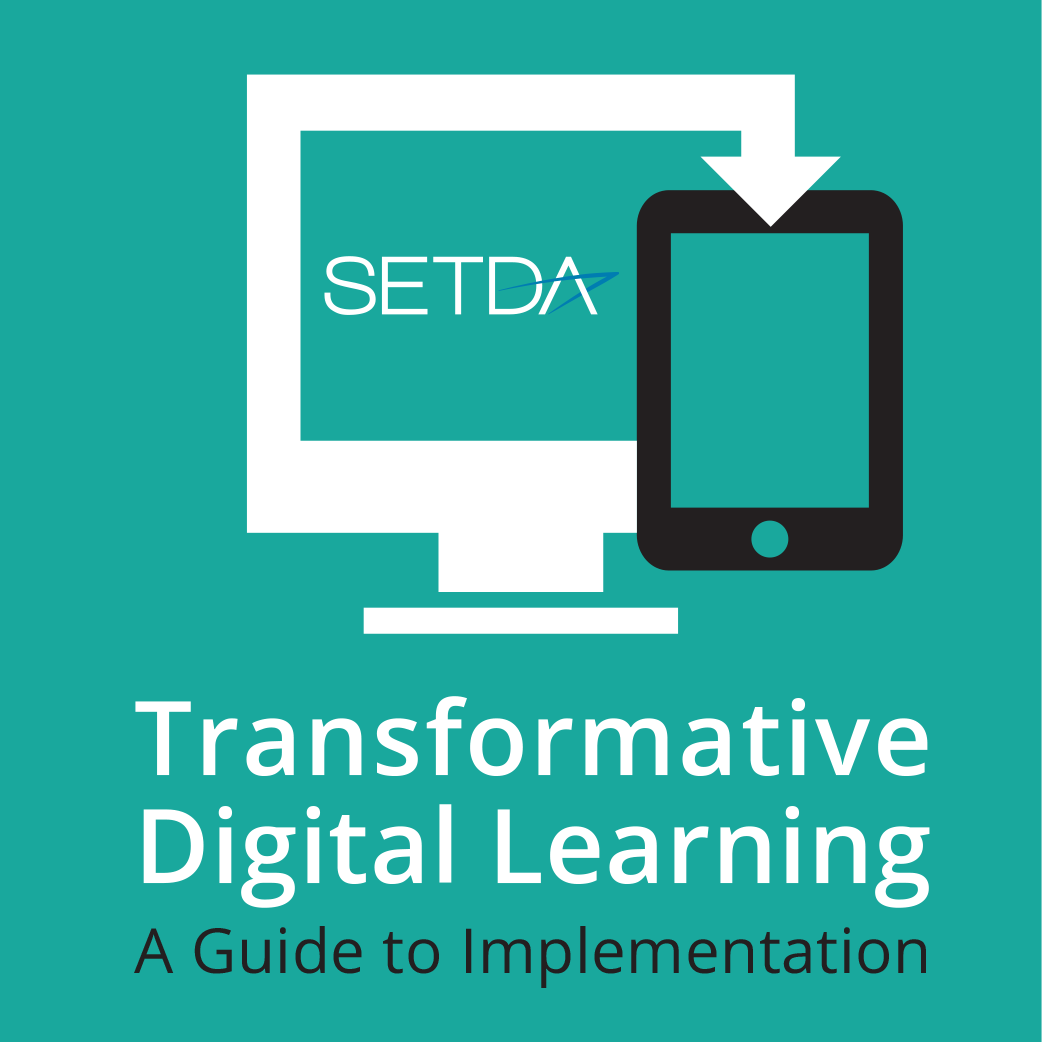

CIOs
The CIOs/CTOs role is not just about making sure the devices are working and educators are connected to the internet. CIOs/CTOs play an essential role in strategic planning and vision setting; understanding teacher and student needs for instructional materials and devices; determining internet and wireless access points; identifying key systems for data collection and assessment; and budgeting for technology. CIOs/CTOs must be included in the planning and discussions regarding adoption and implementation of instructional materials and online tools and services, in addition to plans for maintaining and expanding broadband access.
CoSN’s Framework of Essential Skills of the K-12 CTO offers CIOs/CTOs a practical model for ensuring that they have the appropriate skills to support learning in the digital age. The framework identifies 10 essential skills and is organized around three professional categories:
- Leadership and vision
- Understanding the educational environment
- Managing technology and support resources
- Chief Education Officer / Superintendent
- Chief Academic Officer / Instructional Leaders
- Instructional Materials Leader
- Assessment and Data Leader
- Digital Learning Leader
- Chief Financial Officer or other Business Leader
- Special Education Leader
- Title I/II/III Leaders
- CTE Leaders
- Professional Learning Leader
- Will our content delivery system/learning management system support your goals?
- Will our school/district have the technology capacity to deliver content efficiently and effectively?
- Is the broadband infrastructure sufficient for robust simultaneous access for most users?
- Do students have ubiquitous device access in school?
- Do students and teachers have ubiquitous device access out of school?
- Is Wi-Fi available on campus in all learning spaces?
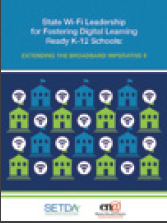
State Wi-Fi Leadership for Fostering Digital Learning Ready K-12 Schools
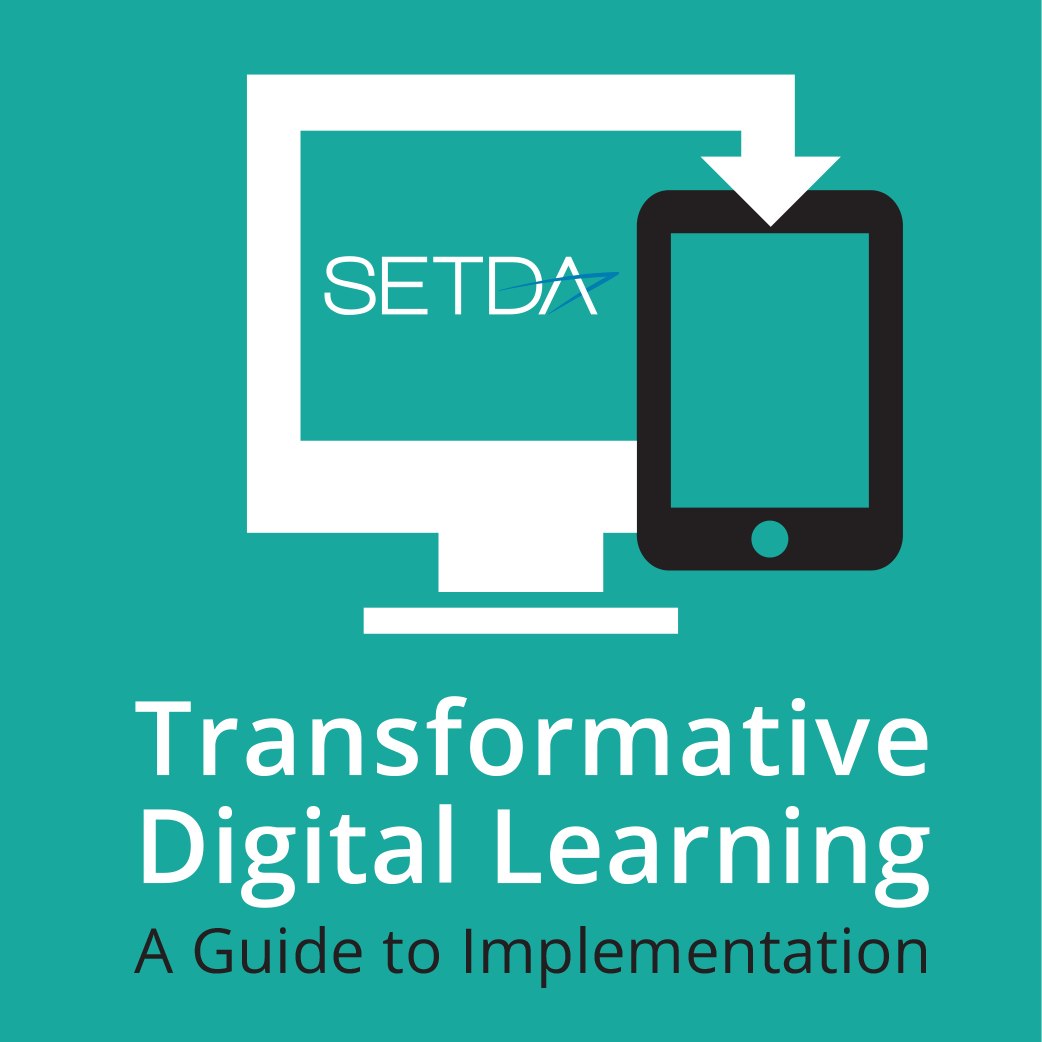
Transformative Digital Learning
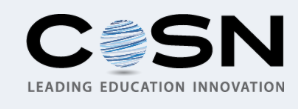
Smart Education Networks by Design (SEND)
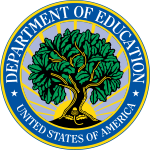
Attaining Broadband District-Wide
Howard-Winneshiek Community Schools, Cresco, IA Howard Winneshiek Community Superintendent John Carver discusses how to bring a rural district to a place of connectivity district-wide.
Building Technology Infrastructure for Learning Guide
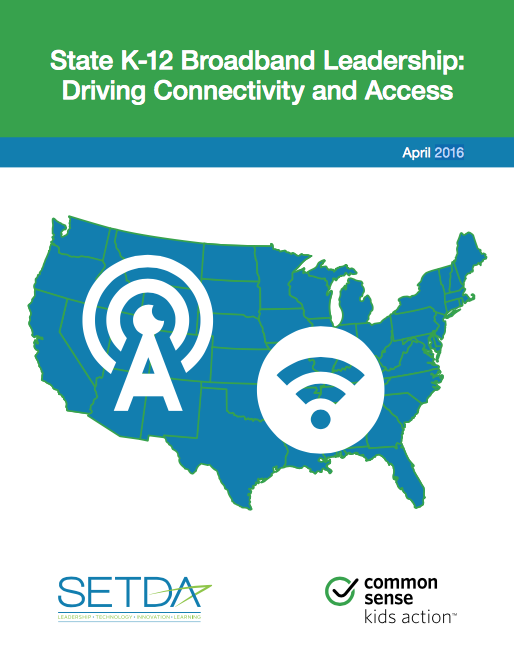
State K-12 Broadband Leadership
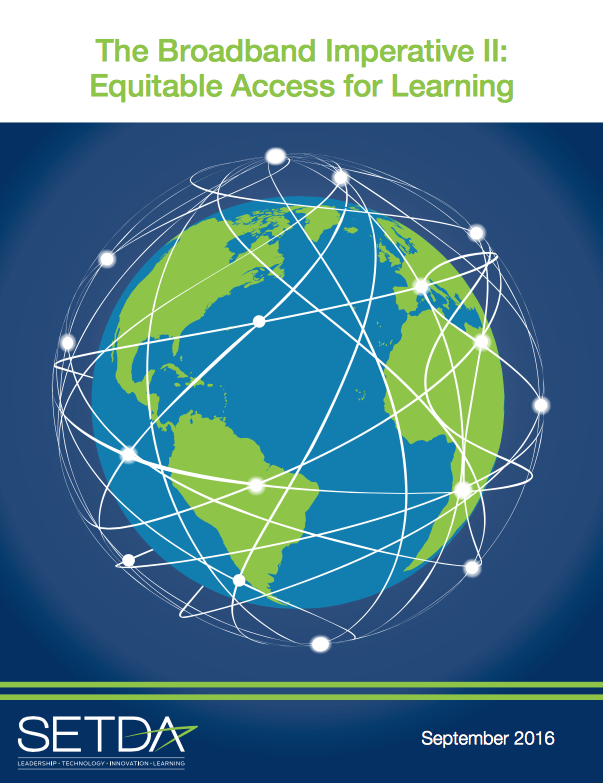
The Broadband Imperative II: Equitable Access for Learning


